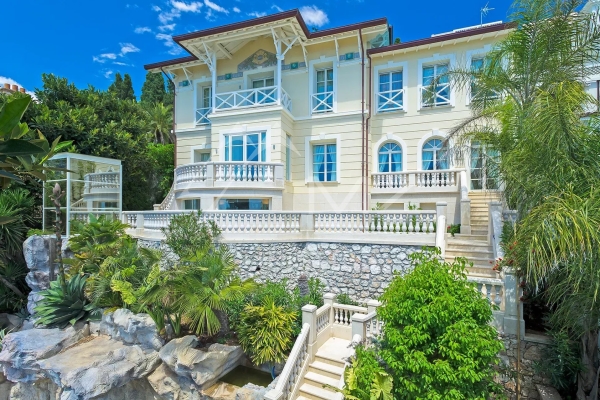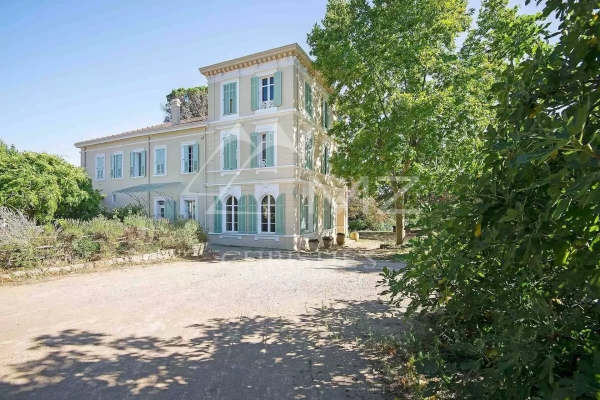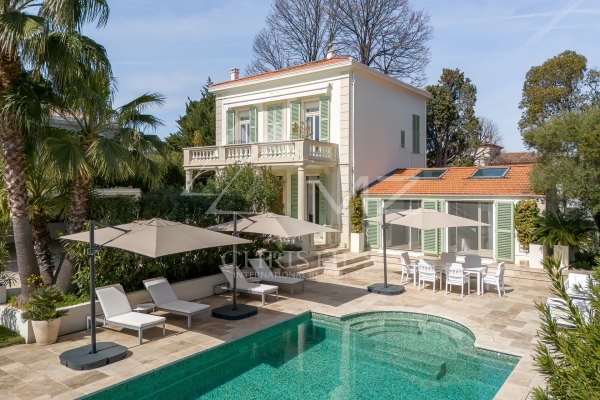Seasonal rentals, on top form !
According to the Regional Tourist Board, 10.3 million visitors from all four corners of the world arrive on the Côte d’Azur each year and stay here on average for one week. Depending on the periods, from 60,000 to 600,000 tourists per day stroll through the streets in towns and villages in the Alpes-Maritimes and the Principality of Monaco. By Laetitia Rossi
The Côte d’Azur offers picture-postcard scenery, from sandy beaches to wild creeks, from luxuriant capes to the snow-capped Alps, from built-up areas, both trendy and crowded, to authentic hill-top villages. From a tourist industry perspective, consultants Booz & Company ranks France third among the 139 countries in its survey. British, Italian, German, American and East European holiday-makers set their sights on this famous coastline, a destination of international renown. In fact, 20 % of them are here for the very first time, drawn by the Riviera’s image as seen from abroad. The Alpes-Maritimes offer 154,000 beds, of which 40 % are in hotels (730 in all, a figure ensuring second place in the national rankings). While the Paris-Nice flight connection is one of the busiest, numerous European capitals are linked to the Côte d’Azur. In parallel, cruise ships bring one million visitors to the various harbours in “département 06”. Many visitors criticize hotels for their de-humanized, or at least standardized, facilities, preferring to opt for seasonal rentals. Especially as properties on the Côte d’Azur, as diversified as one could wish, lend themselves particularly well to this type of activity.
”The 2012 season had nothing to envy of the previous year, though clients are extremely demanding and there are lots of last-minute reservations,” says Judith Davis of the Impact agency. Everyone is looking for properties of quality, pure architecture and impeccable renovation, without ever losing sight of the value-for-money ratio. June, July and August are the busiest months, with a peak in occupancy in July equivalent, over the past three seasons, to the occupancy rate for August. Accounting for 30 % of rentals, Middle Easterners in fact go home to observe the religious calendar. As for East Europeans, they now claim over 50 % of market share in the luxury rental segment. Demand mainly concerns villas near the beaches or facing the sea, costing from 55,000 to 70,000 € per month in summer, in Cannes or Antibes, though some can soar from 150,000 to 250,000 €. Examples include a seafront property on Cap d’Antibes, with nine bedrooms and eight bathrooms in a park of 7,000 m2, which has played host to Bruce Willis, Nicole Kidman and Luc Besson, and another of 470 m2 in grounds of 1,800 m2 on Cap Ferrat, this time right at the water’s edge. Emmanuelle Le Quellec-Furrer, also of the Impact agency, mentions steady demand for large apartments with terraces on the seafront or in gated residences with swimming pools and tennis courts, with views of the Mediterranean. Those with three bedrooms are pegged from 25,000 to 35,000 € per month in the high season. The near hinterland, Mougins, Valbonne and Saint-Paul, are also highly popular among families and fans of golf. A villa with six to ten suites, a vast park, pool-house, hammam and summer kitchen will cost from 40,000 to 100,000 € per month, as long as it offers an unobstructed view. Finally, some clients require “à la carte” services like those provided by palatial hotels. This type of hotel culture makes all the difference. In addition to basic maintenance, tenants treat themselves to French teachers, sports coaches, housekeepers and chefs. Still within this family- oriented approach to vacations, they give priority first to the location, then to security.
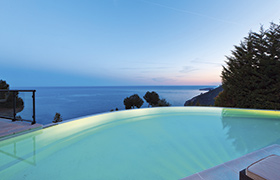

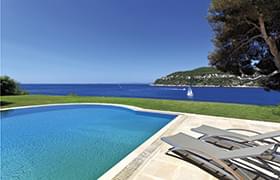
“Cannes lives to the rhythm of its congresses,” comments Jacqueline Swaep of John Taylor. “The MIPIM, International Film Festival and International Advertising Film Festival are particularly good sources of potential for the rental market, with other events characterized by lower budgets and a loss of clients who prefer to stay in hotels.” During the MIPIM, an event which has been somewhat more modest over the past three seasons, an apartment on the Croisette can be rented from 5,000 to 20,000 € for the event’s duration, depending on its size, view, proximity to the Palais des Festivals and capacity for entertaining. During the Cannes Film Festival, the focus is on addresses on the Croisette, with budgets ranging from 10,000 to 120,000 € for the fortnight. The top end of the bracket corresponds to four/five suites, a good-sized terrace for entertaining guests and a façade than can be used for publicity hoardings, located between the Majestic Barrière and Martinez hotels. 2013 looks promising, especialy for the advertising festival. Last summer, the rate of occupancy was close on 70 % in Cannes and on Cap d’Antibes, with the latter making slightly better headway.
Lydia Laurent, also of John Taylor, covers Cap Ferrat, where the trend is for outstanding properties and hotel-like amenities. The summer of 2012 chalked up excellent results. All the properties available found takers, including those of 600-1,000 m2 at the water’s edge, priced from 200,000 to 400,000 € per month. Average rental prices range from 100,000 to 150,000 €, the sum required for a villa of 300-400 m2 opening out to the sea and near the beaches. This extremely satisfactory result can be explained by difficulties encountered in the sales market. Many clients are postponing their plans to acquire homes on the Côte d’Azur without, however, depriving themselves of holiday stays. They opt for Cap Ferrat just as much for its intrinsic qualities as for its proximity to Monaco, a select address with lots of entertainment. Some are willing to accept Cap d’Antibes as a fall-back solution ; rentals here are 20 % cheaper for much the same type of property.
”Clients are now more inclined to transfer their choice to Villefranche or Beaulieu. Prices there are more appealing than on the neighbouring cape, and their properties offer equally high quality,” notes Frédérique Mathias of Azur Méditerranée. These two communes in the “Golden Triangle” offer the advantage of easier access in the summer season. Another change, this time initiated by East Europeans, is for longer lengths of stay. A few Russian company directors are renting properties to accommodate their families for an entire year, and go back and forth for their professional activities. The bill hardly exceeds the price of renting for four months in the summer. Our estate-agent has also noticed a comeback on the part of American clients. Diplomatic tensions have apparently been forgotten. One of them has already reserved his holiday home. Two more are negotiating in the bracket around 100,000 €, and showing an interest in taking French lessons during their stays.
